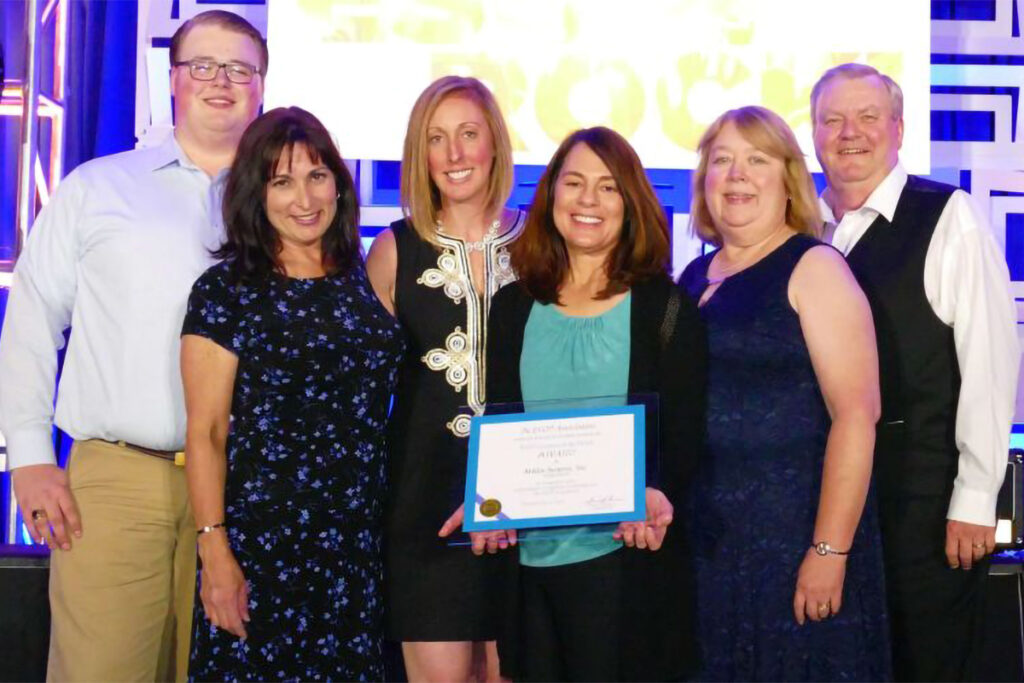The ESOP Association‘s ESOP Report recently wrote about MSI’s culture and our achievement as National ESOP Company of the Year. Here’s what they had to say:
At Miklos, an ESOP Runs Through It – Ownership Culture Is Central for 2019 ESOP Company of the Year
At Miklos Systems Inc., the 2019 ESOP Company of the Year, an ESOP is more than just an employee benefit: It is an extension of the management style established by founder Betsy Miklos, a core part of the culture, and a key to the company’s competitive advantage.
What effect does a strong ownership culture have on the business? “That’s why we’ve been here for 25 years,” says President & CEO Roland Burdett, III.
Burdett has personally seen most of that longevity in person, having joined the company more than 24 years ago. “I’m employee number two,” he says with a laugh.
Employee number three is Beth Dyer, the current chair of the Employee Ownership Committee (EOC). The culture may have kept the company going, but it encouraged Dyer to stay put. “It’s the reason I’m still here, almost 25 years later,” she says. That kind of longevity is impressive for just about any business, but perhaps more so for a company in the federal contracting space.
Creating Connections
Miklos is a technology contractor that provides software development, systems engineering, and project management services to clients primarily in the federal government. It is the nature of the business that employee owners work at their clients’ offices; Miklos employees work in teams that are as small as one or two and as large as eight.
Since a widely dispersed workforce has few naturally occurring opportunities to interact, it can be challenging to build and maintain a strong corporate culture.
It is a challenge Miklos does not shy away from. The company offers opportunities to interact that are both regular and varied. Each month Miklos holds a meeting of the whole company (which is approaching 50 people) or sets up lunch gatherings at rotating locations and times. The meetings are designed to make it convenient for employee owners to attend at times and locations that fit their schedules.
Meetings typically have two parts—one designed to address employees as employees, and one designed to address them as owners. The first segment might include information on benefits, forms, or new contracts. The second part might include financial information presented
in an open book format, or discussions of the company’s future path.
The goal: “Every meeting, you should walk out knowing ‘I’m an employee owner of the company,’” says Burdett.
Dyer says that meeting invitations are handled online, and all employee owners can see who plans to attend. She believes this helps spur participation because employee owners sometimes make a point of attending so they can ask a specific colleague for help with a technical challenge.
In-person gatherings are supplemented with regular digital interactions. The company shares information and news via a SharePoint site, and sends out lots of e-mail updates.
If You Build It, They Will Come
While regular interactions are great for maintaining a strong corporate culture, Miklos doesn’t rely on them to build the culture. To accomplish that, the company has implemented a complete education system that starts when individuals first come into contact with the business.
Applicants learn about the ESOP and the ownership culture in their first conversations with a recruiter, and again in interviews with Burdett, who discusses how the ESOP and culture influence the company. Applicants also receive a document written by the EOC that describes the ESOP and what it means.
Once they are hired, Burdett takes new employee owners out to lunch; the topic of the ESOP is sure to be covered.
New hires also attend a series of training sessions, described as ESOP 101, 201, and 301. The courses are taught by members of the EOC, and a member of the C-suite attends to answer questions. “It is very interactive,” says Dyer, who adds that the interpersonal approach enables EOC members to get a sense for who is grasping the information and who might need additional help.


